ĐẶC ĐIỂM LÂM SÀNG, CẬN LÂM SÀNG RĂNG NANH TRƯỚC ĐIỀU TRỊ DI XA BẰNG LOOP TRÊN PHIM CBCT Ở NGƯỜI BỆNH CHỈNH NHA CÓ NHỔ RĂNG
Nội dung chính của bài viết
Tóm tắt
Mục tiêu nghiên cứu: Mô tả đặc điểm lâm sàng, cận lâm sàng răng nanh (R3) trước điều trị di xa bằng Loop trên người bệnh chỉnh nha có nhổ răng trên phim CBCT. Đối tượng và phương pháp nghiên cứu: Nghiên cứu mô tả cắt ngang thực hiện trên 32 răng nanh đã đóng chóp. Kết quả nghiên cứu: Đặc điểm lâm sàng: răng nanh xoay trục 37,50%, 20 răng nanh không xoay trục 62,50%, 18,75% răng nghiêng gần, 81,25 % răng thẳng trục theo chiều gần xa, răng trục nghiêng trong 56,25%, răng trục nghiêng ngoài 28,13% và răng thẳng trục 15,62%. Đặc điểm cận lâm sàng trên phim CBCT: hàm trên, bề dày xương ổ răng tại vị trí mào xương ổ răng là lớn nhất: 1,3 ± 0,40mm, chóp chân răng sát bản xương ngoài: 0,82 ± 0,43mm. Hàm dưới, bề dày xương ổ răng tại vị trí chóp chân răng là lớn nhất:1,14 ± 0,24. Kết luận: Các răng nanh có chỉ định nhổ răng và di xa phần lớn có trục thẳng trên lâm sàng nhưng lại nghiêng trong hoặc nghiêng ngoài trên phim CBCT. Răng nanh hàm trên bề dày xương ổ răng lớn nhất ở mào xương ổ răng, chóp chân răng sát với bản ngoài xương. Răng nanh hàm dưới bề dày xương ổ răng ở phần chóp là lớn nhất.
Chi tiết bài viết
Từ khóa
Di xa răng nan, loop, chỉnh nha có nhổ răng
Tài liệu tham khảo
2. (PDF) Retraction in Orthodontics - A Short Review. ResearchGate. Published online October 22, 2024. Accessed December 8, 2024. https://www.researchgate.net/publication/351449192_Retraction_in_Orthodontics_-A_Short_ Review
3. Boushell LW, Sturdevant JR. 1 - Clinical Significance of Dental Anatomy, Histology, Physiology, and Occlusion. In: Ritter AV, Boushell LW, Walter R, eds. Sturdevant’s Art and Science of Operative Dentistry. Elsevier; 2019:1-39. doi:10.1016/B978-0-323-47833-5.00001-0
4. Sudhakar* SS, Shrinivasa KA, Shetty P, Antony G, M SS. A comprehensive review on loops in orthodontics. IP Indian Journal of Orthodontics and Dentofacial Research. 7(3):191-207. doi:10.18231/j.ijodr.2021.033
5. Kahl-Nieke B, Fischbach H, Schwarze CW. Post-retention crowding and incisor irregularity: a long-term follow-up evaluation of stability and relapse. Br J Orthod. 1995;22(3):249-257. doi:10.1179/bjo.22.3.249
6. Myser SA, Campbell PM, Boley J, Buschang PH. Long-term stability: postretention changes of the mandibular anterior teeth. Am J Orthod Dentofacial Orthop. 2013;144(3):420-429. doi:10.1016/j.ajodo.2013.05.004
7. Proffit WR, Fields HW Jr, Sarver DM. Contemporary Orthodontics.; 2014.
8. Thickness of labial alveolar bone overlying healthy maxillary and mandibular anterior teeth - PubMed. Accessed December 28, 2024. https://pubmed.ncbi.nlm.nih.gov/25377957/


